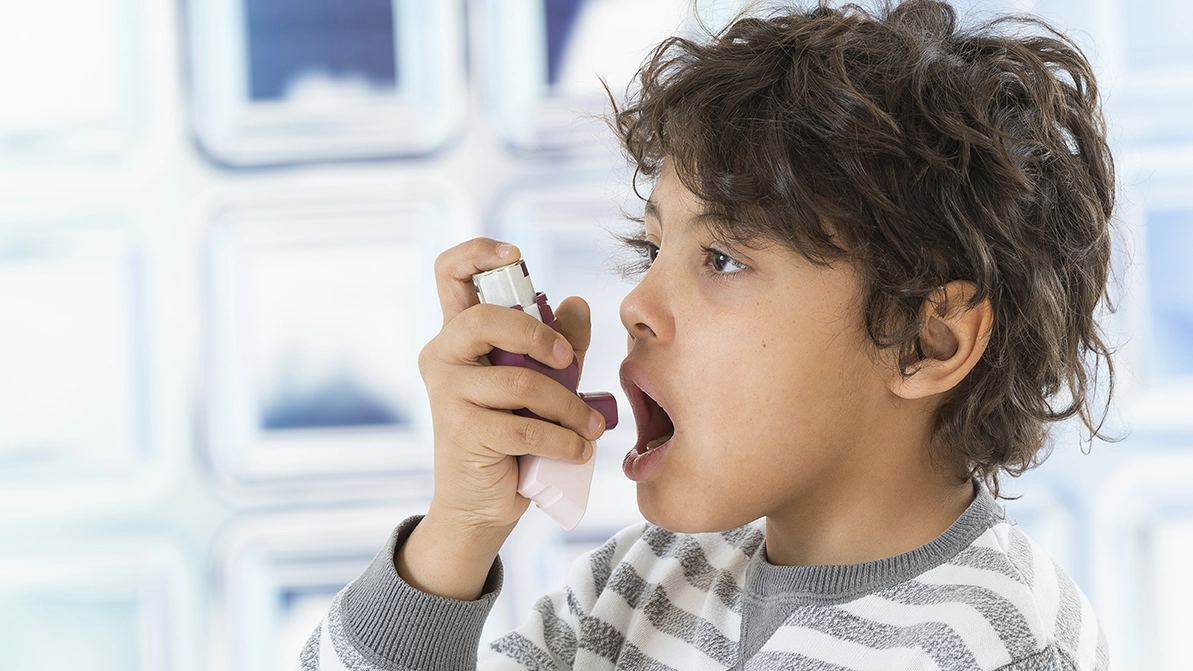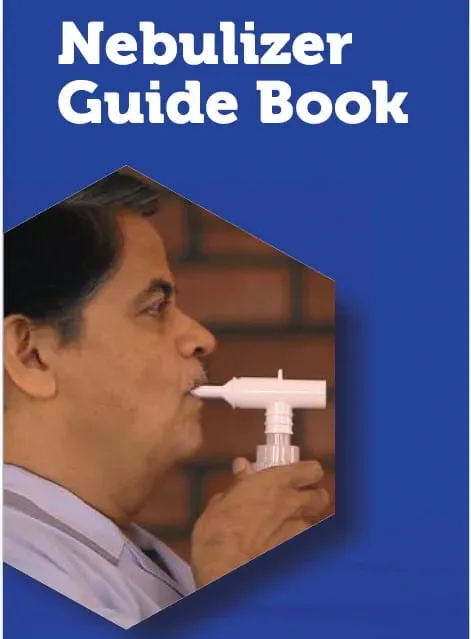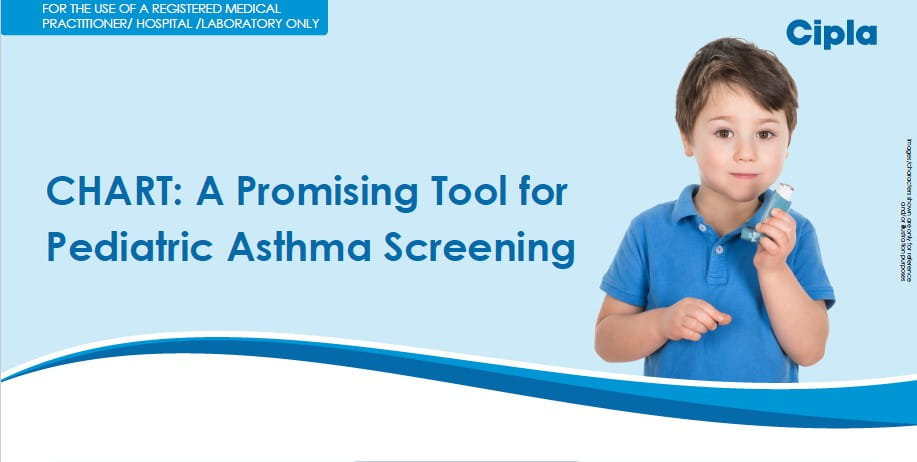Speaker: Jon Konradsen
The study presented investigates the bronchodilator response (BDR) in childhood asthma by comparing the American Thoracic Society (ATS) and European Respiratory Society (ERS) new criteria with the older definitions within a large register-based cohort. The new definition of a positive bronchodilator response (BDR) is an increase in forced expiratory volume in 1 second (FEV1) of 10% following beta-2 agonist inhalation, compared to the predicted value of the individual patient. In contrast, the old definition requires a 12% increase in FEV1 compared to the patient's pre-bronchodilator FEV1.
The study aimed to assess the prevalence of positive BDR using both the new and old definitions, evaluate the concordance between these definitions, and analyze the clinical characteristics of patients with discordant results. Data were drawn from the Swedish National Airway Register, including 3,301 children with complete pre- and post-bronchodilator spirometry data. Clinical assessments covered age, sex, body mass index (BMI), asthma control, exacerbations, medication, and spirometry data.
Results showed that 84% of patients were negative for both BDR criteria, 11% were positive for both, 4.2% were positive according to the new definition but negative according to the old definition, and 0.9% were positive by the old definition but negative by the new definition. The concordance between the new and old definitions was substantial (0.79), with higher agreement observed in males and adolescents. Notably, 31% of positive test results were discordant. Further analysis revealed that children with a positive BDR old but a negative BDR new were older, had poorer asthma control scores, were more frequently prescribed higher levels of medication, and had lower spirometry results compared to those with a positive BDR new but a negative BDR old. This suggests that the new BDR criteria might miss some children with severe asthma.
Additionally, among children with low pre-bronchodilator FEV1, only 45% showed reversibility to normal values, and both BDR definitions were positive in a significant proportion of children with normal pre-bronchodilator FEV1. In conclusion, while the concordance between the new and old BDR definitions is substantial, approximately one-third of positive tests were discordant. The new definition may lead to missing some children with significant asthma, underscoring the importance of considering both definitions in clinical practice.
European Respiratory Society Congress 2024, 7–11 September, Vienna, Austria.




